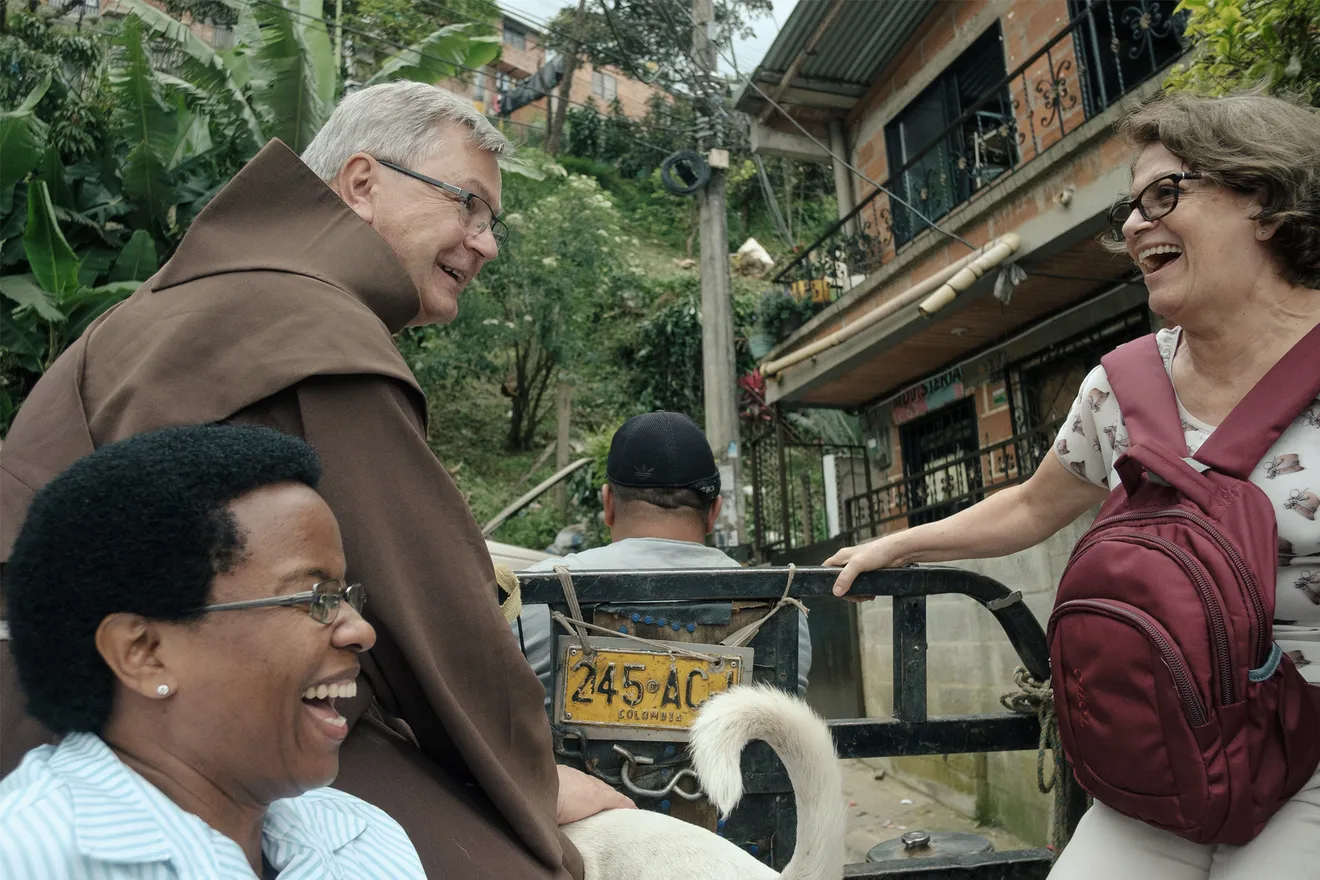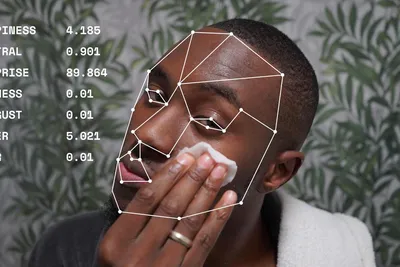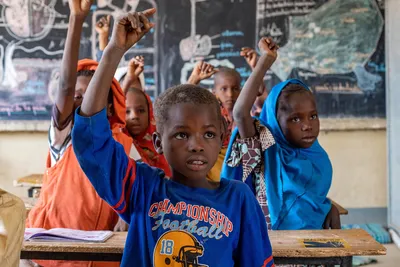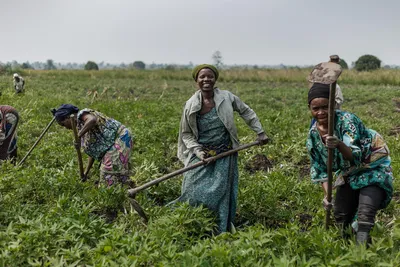This article was first published in the November 2020 edition of No! Wahala magazine. Anne Nwakalor offered to share it on the Fairpicture blog.
When picking up a camera to take a photo, for some, one of the first thoughts that come to mind is whether the image is well composed, whether what they are about to photograph is interesting, and visually pleasing, if the lighting will be good enough helping the image become well-exposed amongst a range of other thoughts that pass by before clicking the shutter button.
One thought however that many photographers do not take into account is how they are representing the person they are photographing and whether they are capturing that individual in an ethical and respectful manner.

How close is too close? How much context is necessary? What is too much? Whoever takes photographs enters into relationships, and these relationships always express power. Becoming aware of this is an important step. In the picture, Sister Dilia, Brother Matthias Maier, Sister Rita and Sandra, board a neighbourhood transport in el Faro, Colombia.
Photo: Jorge Panchoaga / Franziskaner Helfen / Fairpicture
When a photographer, especially a photojournalist or documentary photographer, picks up their camera to photograph a contributor (using the term ‘Contributor’ humanises the individual much more than the term ‘subject’), there is a power dynamic that takes place, which unfortunately can have seriously damaging effects if not paid attention to.
When a photographer picks up a camera and points it at someone, an exchange of power takes place, the photographer becomes the dominant figure, enabling them to not only photograph but depict the contributor in a certain manner that may actually be a misrepresentation of them. In regard to the contributor, they become vulnerable, their image (physically and interpretational) has now been placed into the hands of the photographer, leaving them in a position where they become an object before the lens and depending on how they are photographed, it could potentially be dehumanising altogether. This power dynamic is inherent, despite making one feel quite uncomfortable, there is also no use ignoring it in a bid to be ‘humble’. Recognising one’s power by having a camera at hand, should make you aware of a variety of issues in aiding you to take photographs ethically and respectfully.
According to scholars Catherine Lutz and Jane Collins in their book, ‘The Photograph as an Intersection of Gazes’, they mentioned:
Photography and Fetish, Metz, 1985
This extract implies that the process of photography in itself could, in fact, transform the contributor from a person, into an object at risk of having another person’s fantasies, desires, opinions and misconceptions projected onto them. Due to the fact that the viewer is unable to hear, smell or feel the person, it solidifies them more as a commodity.
Despite the heavy influx of information and the possible feelings of guilt and shame after realising the power that a photographer possesses, I am aware that the next question people might ask is ‘so what should I do? Hang up my camera for good and seek out a different career path?’ No, definitely no. What you do need to be aware of is how to use the power that you possess as a photographer to do good, and here are a few simple things to be mindful of when seeking to take images in an ethical manner.
In conclusion, these are just a few out of many issues to be aware of. Not to sound cliché, but with great power comes great responsibility and as a photographer, it is your responsibility to tell stories ethically.
Anne Nwakalor is a British-Nigerian Photo Editor and Communication Expert based between Manchester, UK and Abuja, Nigeria. She is the Founding Editor of one of Africa's first contemporary photography magazine; No! Wahala Magazine, which is a print photography magazine championing authentic visual stories told by African creatives.

November 2025 - Prof. Dr. Peter G. Kirchschlaeger
This article explores what truly makes a picture “ethical” in the age of AI-generated imagery, arguing for human-made, consent-based visuals that respect truth, dignity and autonomy.
Learn more about Ethical Pictures in the Age of AI – An Opinion Piece

November 2025 - Arwa Elabasy
Discover how transparent communication and ethical storytelling can help NGOs and non-profits build trust, foster inclusion, and challenge traditional narratives.
Learn more about Truth in the Age of Machines: Why Ethical Communication Is Humanity’s Last Campaign

October 2025 - David Girling
Interviews with storytellers from Cambodia, Burundi and Kenya show how NGOs can turn ethical guidelines into practice—centering consent, dignity and context.
Learn more about The Practicalities of Ethical Guidelines in NGO Storytelling